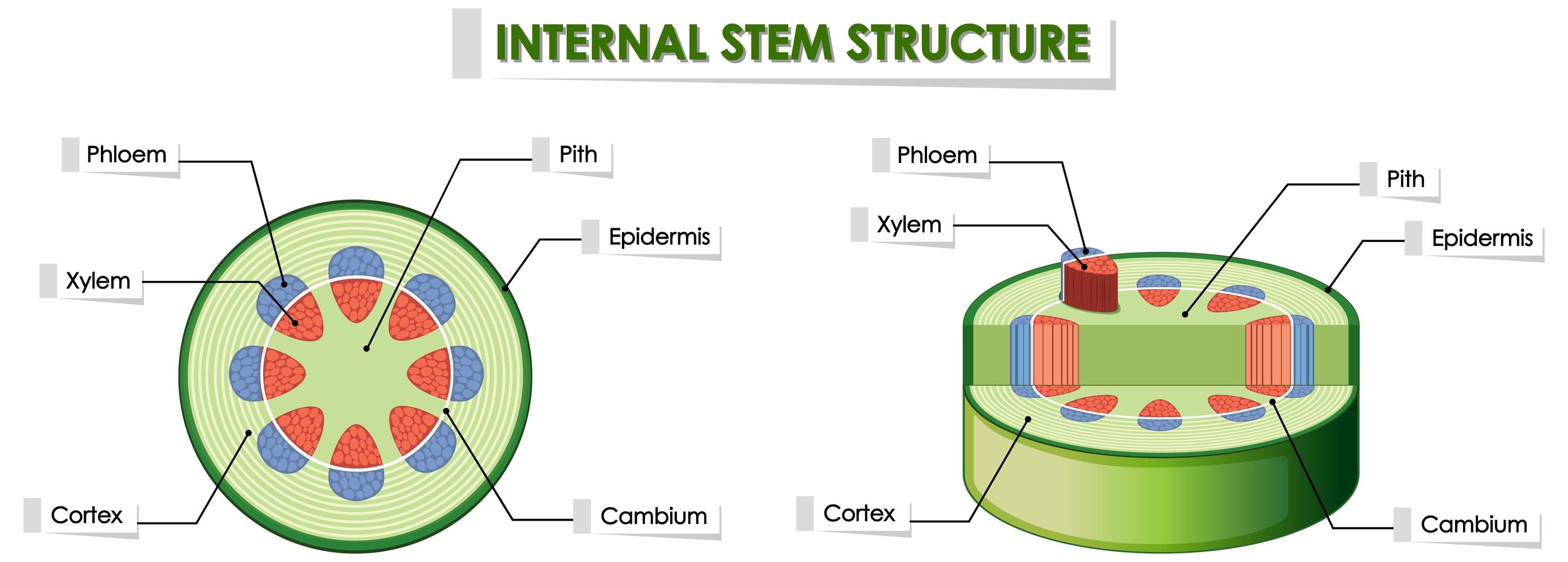The autograph plant, scientifically known as Clusia rosea, is an epiphytic evergreen shrub hailing from tropical regions of the Americas. This intriguing houseplant is characterized by its thick, fleshy aerial roots and signature ability to create permanent markings when scratched – hence its common name. But beyond the visual appeal, the highly specialized roots and stems of autograph plant serve important anatomical roles. In this article, we’ll peel back the layers and explore what makes this plant tick.
The Aerial Root System
The most conspicuous feature of autograph plant is its network of plump aerial roots growing above soil level. Unlike subterranean roots, these specialized organs absorb moisture and nutrients from the air.
External Anatomy
-
Velamen tissue – Spongy outer layer that absorbs atmospheric moisture. Appears white or silvery.
-
Exodermis – Protective coating beneath velamen that regulates water absorption
-
Cortex – Inner tissue containing stored starch and absorbing roots.
-
Vascular tissue – Central tissue that transports water and nutrients internally
Key Functions
-
Absorb moisture from humid air through velamen tissue.
-
Adhere to surfaces like trees and rocks using root pads. Enables epiphytic growth.
-
Host nitrogen-fixing bacteria in root nodules. Provides nutritional benefits.
-
Reduce erosion on steep slopes or embankments using extensive root network.
The Woody Stems
Autograph plant stems grow tall and develop wood over time, providing vital structural support. The stems also display the signature autography phenomenon.
External Anatomy
-
Periderm – Thick protective tissue coating the outer stem. Contains chloroplasts.
-
Vascular cambium – Narrow band of meristem cells that divide to expand girth.
-
Xylem – Inner woody tissue that transports water and minerals.
-
Phloem – Soft tissue that transports sugar and organic compounds.
Key Functions
-
Provide rigid structural support for heavy root mass and branch system.
-
Store water and nutrients to sustain the plant during drought periods.
-
Produce energy through photosynthesis in the periderm layer.
-
Exhibit autography when outer layer is scratched due to chloroplasts.
Cultivation Impact on Root and Stem Growth
Growing conditions significantly influence autograph plant root and stem growth patterns.
-
Moisture – High humidity encourages extensive aerial root development.
-
Light – Bright indirect light results in thicker, woody stems.
-
Temperature – Warm conditions promote vigorous growth.
-
Pruning – Cutting back stems stimulates denser, bushy growth.
-
Fertilizer – Balanced applications encourage healthy root and stem growth.
Propagating That Signature Structure
You can propagate autograph plant to clone their specialized roots and stems.
-
Stem cuttings – Sever several woody stems and root in water or moist potting mix.
-
Air layering – Induce roots to sprout on stems before severing. High success rate.
-
Root division – Carefully divide root ball and repot divisions.
With proper care, new plants will grow to mirror the parent’s anatomy and display unique autograph capabilities.
So while autograph plant certainly stands out visually for its bold foliage and contorting aerial roots, those specialized structures also equip it for survival in the tropics. Next time you admire those showy stems and roots, appreciate them for more than looks alone. Their ingenious design enables this species to flourish, whether in a steamy jungle or on your sunny windowsill.

Plant Parts & Patterns Search
Stems are one of the three organs of a plant. The primary function (most important job) of a stem is mechanical support. Mechanical support means the plant’s stem supports the plant and holds it upright to help it grow toward sunlight. Stems also connect the other organs of the plant. Both the leaves and roots are connected to the stem! The stem transports water and nutrients up from the roots all the way to the leaves, and the stem transports sugars from the leaves to the rest of the plant. Stems support leaves, flowers, and fruits. Stems are the main transportation routes of water from the roots to the leaves. Food made in the leaves travels through stems to the rest of the plant.
Stems respond to air movement, to the shortage and surplus of nutrients and water, and they harvest sunlight.
Plant Anatomy and Structure
FAQ
What is the function of stems and roots in plants?
What is the anatomy of plant stem and root?
What is the anatomy and function of the root?
What are the 7 parts of a plant and their functions?
Why do plants have special anatomical features?
Though unseen, the roots of a plant also have specialist anatomical features that enable plants to efficiently obtain nutrients and control the substances entering a plant. Figure 3.9. Diagram of the structures of and areas of a developing root. (Image from: Marsland, Douglas. (1964) Principles of modern biology.
What is the function of roots in a plant?
Any product that may be evaluated in this article or claim that may be made by its manufacturer is not guaranteed or endorsed by the publisher. Roots attach plants to the ground and ensure efficient and selective uptake of water and nutrients. These functions are facilitated by the morphological and
What is the function of a stem in a plant?
These include providing structure, supporting the leaves, buds, and flowers. Additionally, the stem will aid in orienting the leaves to maximize photosynthesis. Stems are composed of nodes, points at which leaves and branches attach, and internodes, the regions of stem between the nodes. The petiole is a stalk that anchors each leaf at the node.
What type of root supports a plant?
Brace roots or prop roots are another type of modified root that supports tall, shallow-rooted plants such as corn. They grow as adventitious roots—those that do not develop from the primary root—from nodes near the bottom of the stem, reaching the ground at an angle to provide structural support. Stems Plant stems have several functions.
